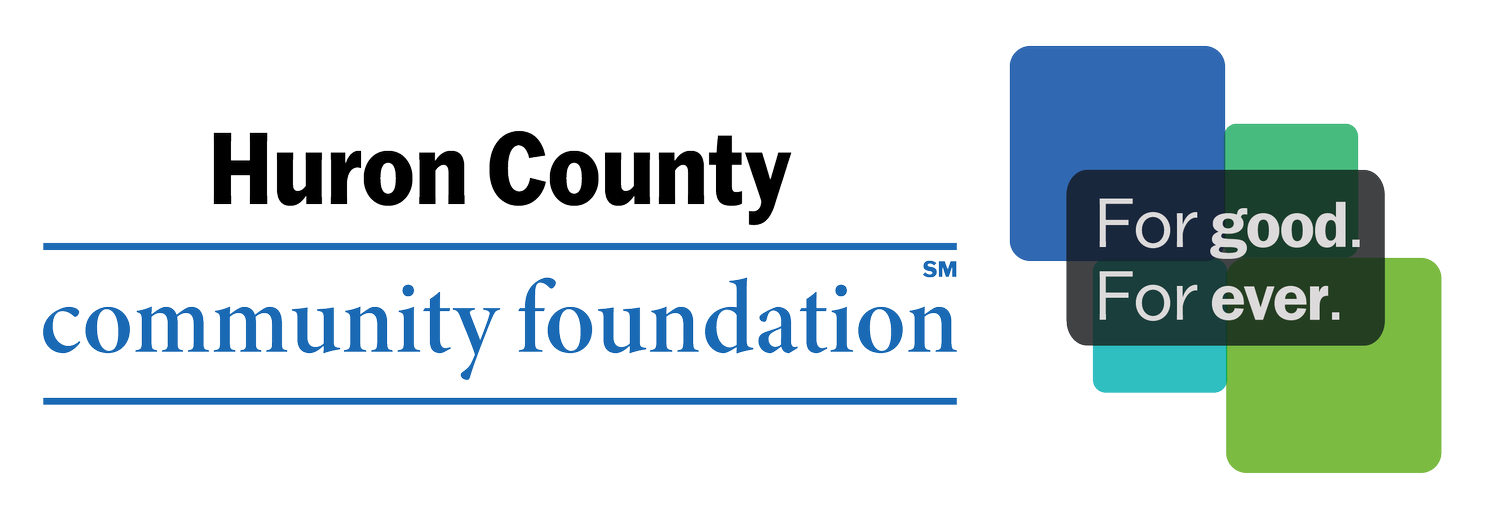Tips for Starting a Charitable Giving Conversation
Professional advisors are not strangers to tough questions. The mix of money, family, and mortality is a combination that almost always creates emotionally-charged planning environments, whether its tax planning, updating wills and trusts, or structuring retirement portfolios.
Why, then, are so many advisors reluctant to bring up charitable giving during client meetings when the topic itself is so uplifting? In some cases, you may feel like you don’t know enough about the technical aspects of charitable giving to be able to offer sound advice. In other cases, you may be concerned about taking the planning process off course into areas where the client doesn’t want you involved. Or maybe you don’t feel you have a good enough grasp of the client’s big picture goals to recognize opportunities for charitable planning that are a win-win for the client’s favorite causes and the client’s tax and financial plan.
If this is sounds like you, consider the following:
Clients are expecting you to bring up charitable giving; studies reveal a disconnect between what clients and advisors assume and perceive. So if you think to yourself, “Oh, I already asked about that in passing,” think about revisiting the conversation in earnest.
The HCCF team is your technical back up! You absolutely do not need to know the ins and outs of the charitable deduction rules, the details of Qualified Charitable Distributions, or how a donor-advised fund operates. If you’ve built an expertise around charitable giving in your practice, that’s terrific, but it is not necessary. Our team is just an email or a phone call away. Please reach out the moment a client expresses interest in charitable planning. We’re happy to support you and be part of the team to meet the client’s objectives.
While plenty of resources offer excellent suggestions for how to bring up charitable giving in conversations, many advisors tell us that they keep it simple. You don’t have time to ask a briefcase full of questions, but you can still have meaningful conversation. Even just two minutes is plenty if you show genuine interest in the client’s intentions and connect the client to the community foundation.
For example, the charitable planning part of a client meeting could be as simple as this:
“Okay! Now that we’ve taken a look at your retirement projections, beneficiary designations, and portfolio allocation, let’s check in on charitable giving. Bring me up to speed on your involvement with community organizations.”
Then, let them talk. If they’re not involved in any community organizations, they’ll tell you. And if they are, they’ll tell you that, too.
If the client is indeed involved in community organizations, let them know that you are happy to connect them to the team at the community foundation, or, better yet, tell the client that you’d be happy to invite a representative from HCCF to your next meeting. Your priority as their advisor is to bring professionals to the table to help achieve their charitable giving goals.
Of course, this sample dialogue is over-simplified for illustration purposes. But truly, it does not need to be much more complicated than that. You might be surprised at how easy it is, and how much the client appreciates your interest in areas of their lives that go beyond dollars-and-cents transactions and legal documents. It is our honor to work with you and your charitable clients.
The Huron County Community Foundation is a resource and sounding board as you serve your philanthropic clients. We understand the charitable side of the equation and are happy to serve as a secondary source as you manage the primary relationship with your clients. This article is provided for informational purposes only. It is not intended as legal, accounting, or financial planning advice.
